Hypoglycemia
Hypoglycemia means an excessive reduction in blood glucose, which should be between 70 and 99mg / dl when fasting.
Blood sugar naturally rises after meals and is lowered by fasting or prolonged motor activity. However, the healthy body is able to counteract both the surge and the collapse of blood glucose, ensuring the restoration of normalcy quickly.

Symptoms of hypoglycemia are: hunger, nausea, groans and stomach cramps, blurred vision, tingling, headache, paleness, hypotension, mood disturbances, fatigue, drowsiness, confusion, movement disorders, etc. In very severe cases, usually related to other diseases or severe fasting, fainting, convulsions, transient paralysis and death also arise.
Sensitivity to hypoglycemia is very subjective and not all people complain of the same symptoms or the same level of severity.
The causes of hypoglycemia are many and range from simple individual tendencies to real diseases (functional malabsorption, anorexia nervosa, renal failure, etc.) or pharmacological errors (eg exogenous insulin excess).
Causes
In the absence of disease, hypoglycemia can be caused by one or more of the following factors:
- Fasting: within certain limits, fasting is effectively counteracted by the homeostatic regulation of certain hormones. However, this effect can be harmful if:
- Fasting is prolonged
- Liver glycogen stores (glucose reserve) are already impaired
- Motor activity is also practiced.
- Sport activity beyond the limits of tolerance of the organism: this is the case of marathons, long cycling stages, triathlon etc.
- Hypoglucidic diet: there are various dietary regimes that are based on the drastic reduction of carbohydrates. If adopted for long periods, these predispose the body to the onset of hypoglycemia due to the depletion of glycogen stores.
- Reactive hypoglycemia: This is a lowering of blood glucose caused by a meal that excessively stresses the release of insulin. This occurs if the glycemic / insulin index is too high compared to the total amount of sugar. In practical terms, in predisposed subjects, reactive hypoglycemia can occur if the meal is:
- Rich in carbohydrates
- Very digestible
- Easy to absorb
- Free from metabolic conversions.
- Food intolerance to fructose and galactosemia: obviously, ONLY in the absence of other sugars in the diet.
Foods Against Hypoglycemia
From a nutritional point of view, the molecules capable of promoting the increase in blood sugar are mainly those of a carbohydrate nature; also defined as sugars or glycides or carbohydrates, these molecules are part of foods in various forms or chemical structures.
The only sugar that can be absorbed and released into the blood directly is free glucose, while the others require digestion and / or metabolic conversion:
- Glycides to digest: Sucrose (table sugar), Starch (cereals, potatoes, legumes), Dextrins (they are a part of starch), Maltose (produced by the almost elementary breakdown of starch), Lactose (contained in milk)
- Glycides to convert into glucose: Fructose (fruit sugar) and Galactose (a molecule contained in the lactose of milk).
The products that contain the most carbohydrates belong to the III, IV, VI and VII basic food groups. However, remember that even milk, despite belonging to group II, contains a good dose of carbohydrates.
To combat hypoglycemia, if the diet is not rich enough in carbohydrates, the body is able to:
- Break down the reserve glycogen in the liver (glycogenolysis) and release it into the blood
- Produce glucose from scratch starting from: amino acids (of proteins), glycerol (which structures glycerides), lactic acid and pyruvic acid (products of anaerobic glycolysis)
- Promote the consumption of other energy molecules, depending on the specific capabilities of the tissue (ketone bodies and fatty acids).
However, even these "fallback" mechanisms have a limit, which is why dietary carbohydrates are defined as "fundamental, albeit non-essential".
Rules Against Hypoglycemia
Scientific research maintains that a sedentary person should consume at least 120g of carbohydrates per day; this value corresponds to the minimum glucose requirement of the central nervous system.
However, in practice, the demand for carbohydrates varies according to subjectivity and the level of physical activity.

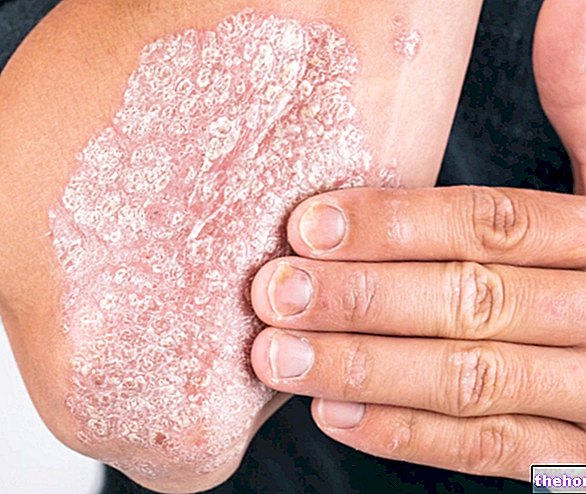
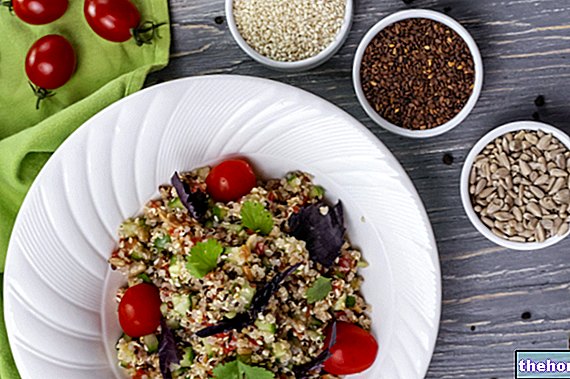
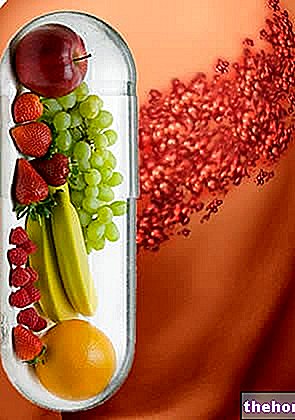
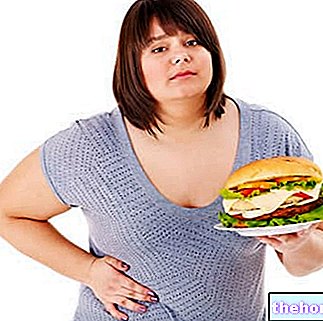
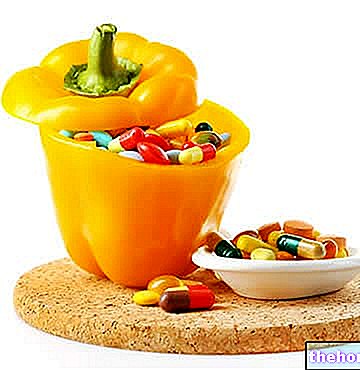
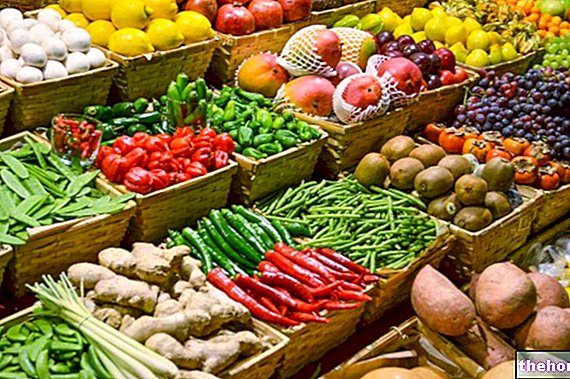


.jpg)


















